America’s Newest National Park is a WWII-Era Japanese-American Incarceration Camp in Colorado
The National Park Service has announced the United States has a new national park. Officially known as the Amache National Historic Site, the location, near Granada, Colorado, served as the Granada Relocation Center and was one of 10 incarceration camps established by the War Relocation Authority to house Japanese-Americans during the Second World War.
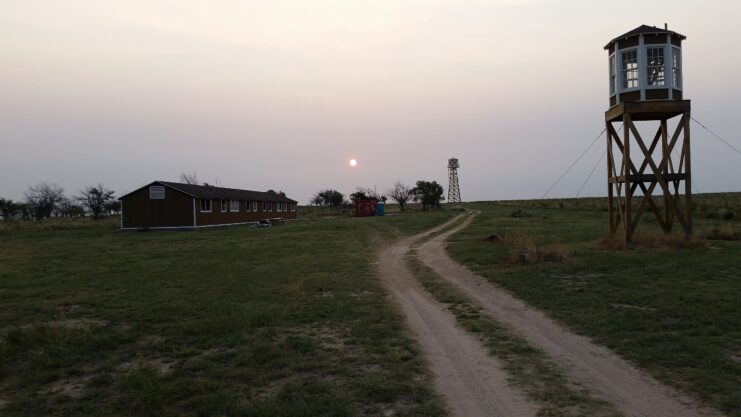
Following the attack on Pearl Harbor on December 7, 1941, anti-Japanese sentiment spread across North America, with the governments of the US, Canada and Mexico segregating those of Japanese heritage from the rest of the population.
On February 19, 1942, following a petition by Lt. Gen. John L. DeWitt, President Franklin D. Roosevelt signed Executive Order 9066, which led to the internment of Japanese-Americans, who were deemed a threat to the country. Not long after, Congress passed Public Law 77-503, which made it illegal to disobey the order, with violators risking a $5,000 fine and up to five years in prison.
It’s estimated over 125,000 people were forcibly removed from their homes and relocated to the 10 camps erected to house them during this time, the most famous being the Manzanar War Relocation Center in California.
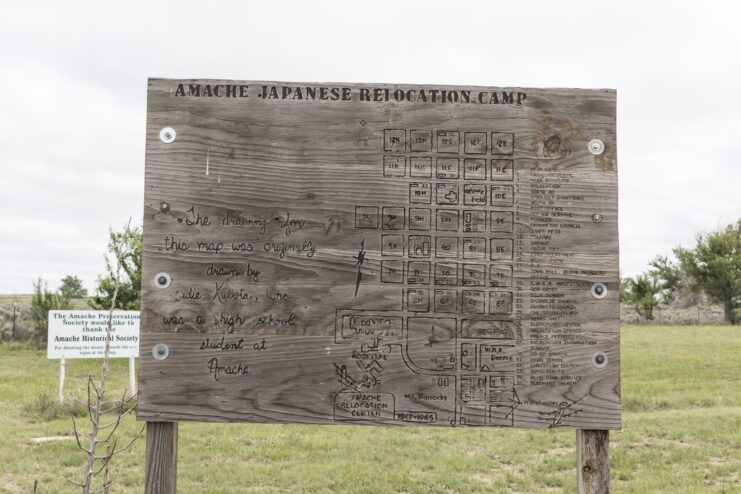
According to the National Park Service, the Granada Relocation Center was the smallest camp of its kind in the US. It held 7,318 individuals at its peak in 1943, with 10,331 sent there during its operation. Given how close it was to Granada, officials gave it the postal designation “Amache,” after Amache Powers, which is how the majority of those held there referred to the camp.
The internment camp consisted of a school, mess halls, a post office, barracks and a recreational center, among other facilities. Following its closure at the end of the Second World War, the War Assets Administration sold off most of the buildings, leaving behind just their concrete foundations and some roads.
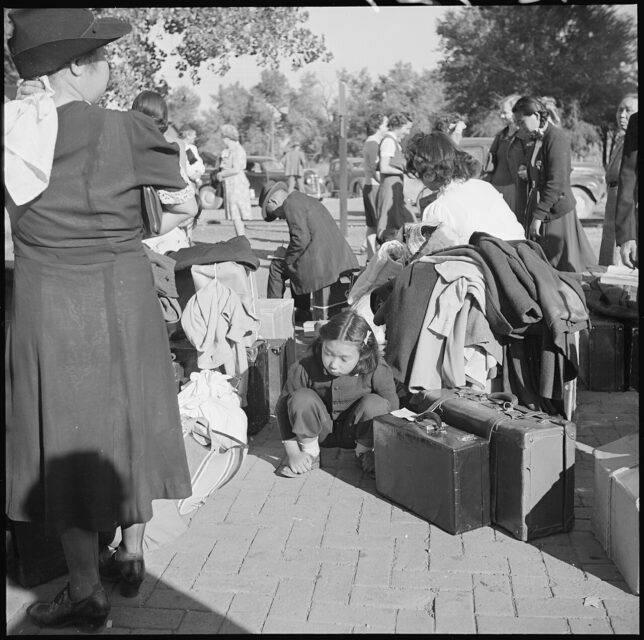
In February 2006, the Granada Relocation Center was deemed a National Historic Site, with it officially established as a national park on February 15, 2024, just days before the Day of Remembrance of Japanese Incarceration During World War II. This news follows the signing of the Amache National Historic Site Act by President Joe Biden in March 2022, which added the location to the National Park System.
Speaking in a news release, Secretary of the Interior Deb Haaland said:
“As a nation, we must face the wrongs of our past in order to build a more just and equitable future. The Interior Department has the tremendous honor of stewarding America’s public lands and natural and cultural resources to tell a complete and honest story of our nation’s history. Today’s establishment of the Amache National Historic Site will help preserve and honor this important and painful chapter in our nation’s story for future generations.”
National Park Service Director added, “Amache’s addition to the National Park system is a reminder that a complete account of the nation’s history must include our dark chapters of injustice. To heal and grow as a nation we need to reflect on past mistakes, make amends, and strive to form a more perfect union.”
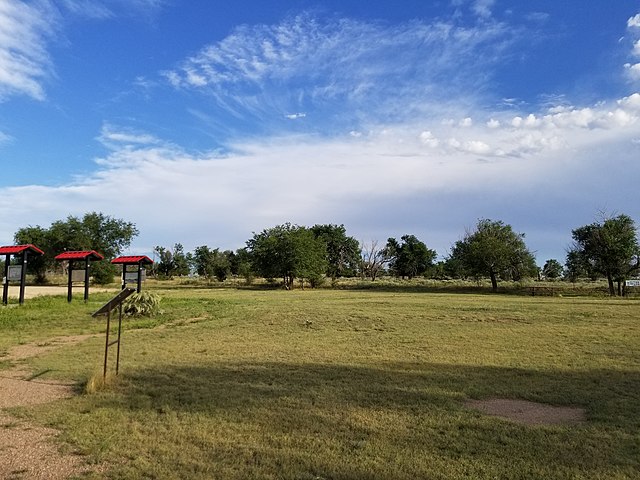
The Amache National Historic Site is currently open to the public, with work underway to ensure the roads are safe to traverse and there’s adequate signage. According to site manager Chris Mather, its declaration as a national park is an important step in ensuring the history of Japanese-American internment camps is never forgotten.
“When people think about national park sites, they do include these, you know, wild or scenic open spaces, but they also include places that … represent some of the country’s most important history,” he told The Rocky Mountain Collegian. “There’s stories that, you know, we need to preserve, and I think that as an American, you know, we need to hear the most. It’s confronting mistakes from our past but also honoring the stories of those who were … imprisoned here at this site.”
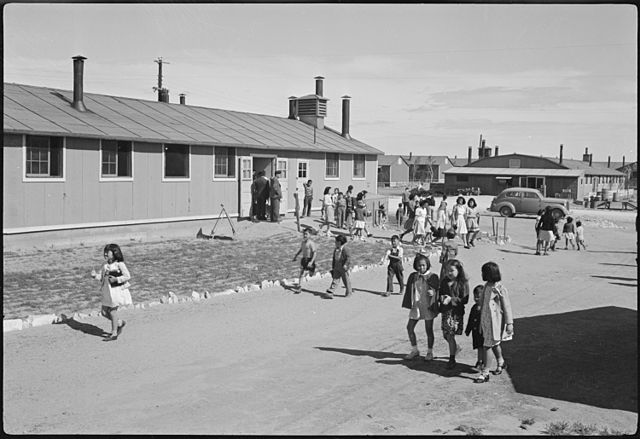
More from us: Wreckage of Missing WWII-Era Douglas SBD Dauntless Discovered In Pacific 80 Years After It Went Missing
There will be an official ribbon-cutting ceremony at the Amache National Historic Site on May 17, 2024.
The post America’s Newest National Park is a WWII-Era Japanese-American Incarceration Camp in Colorado appeared first on warhistoryonline.
America’s Newest National Park is a WWII-Era Japanese-American Incarceration Camp in Colorado
Philippines Truth
Post a Comment
0 Comments